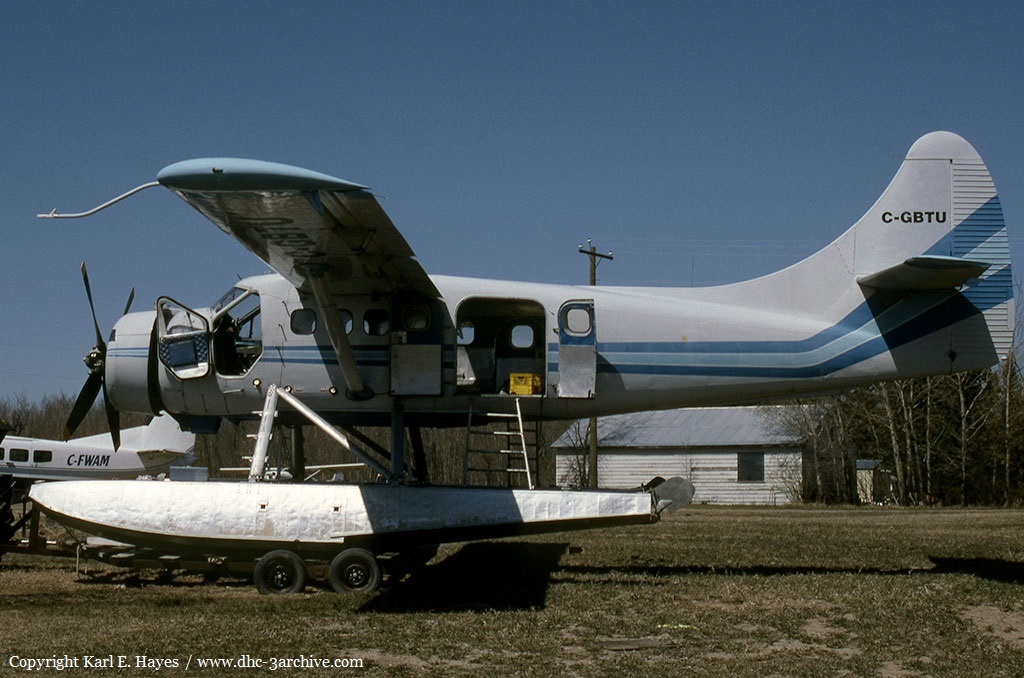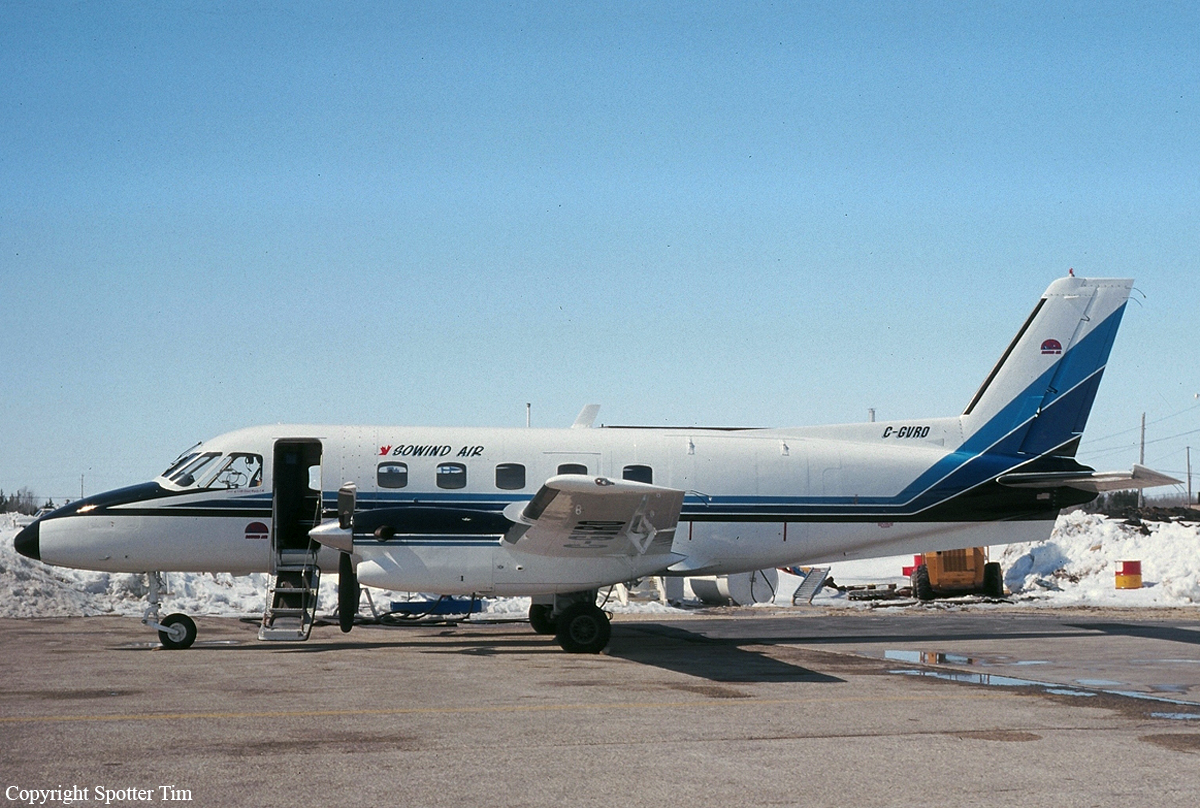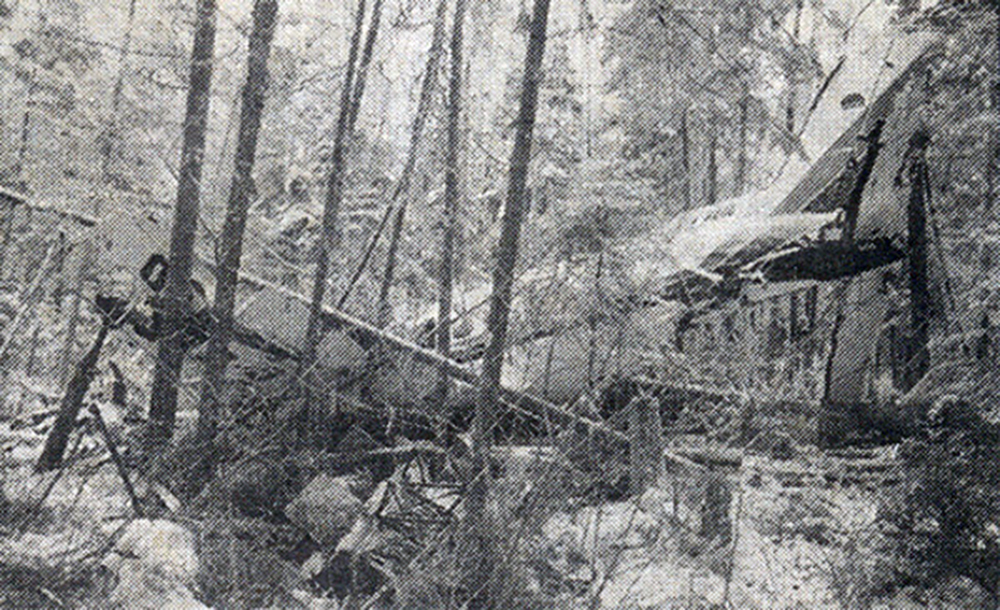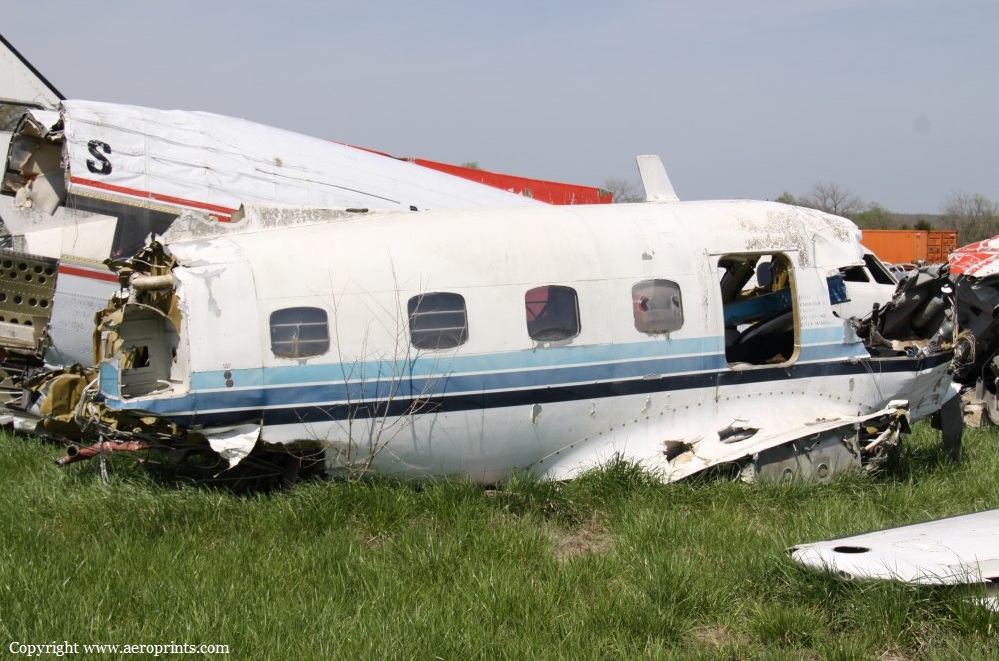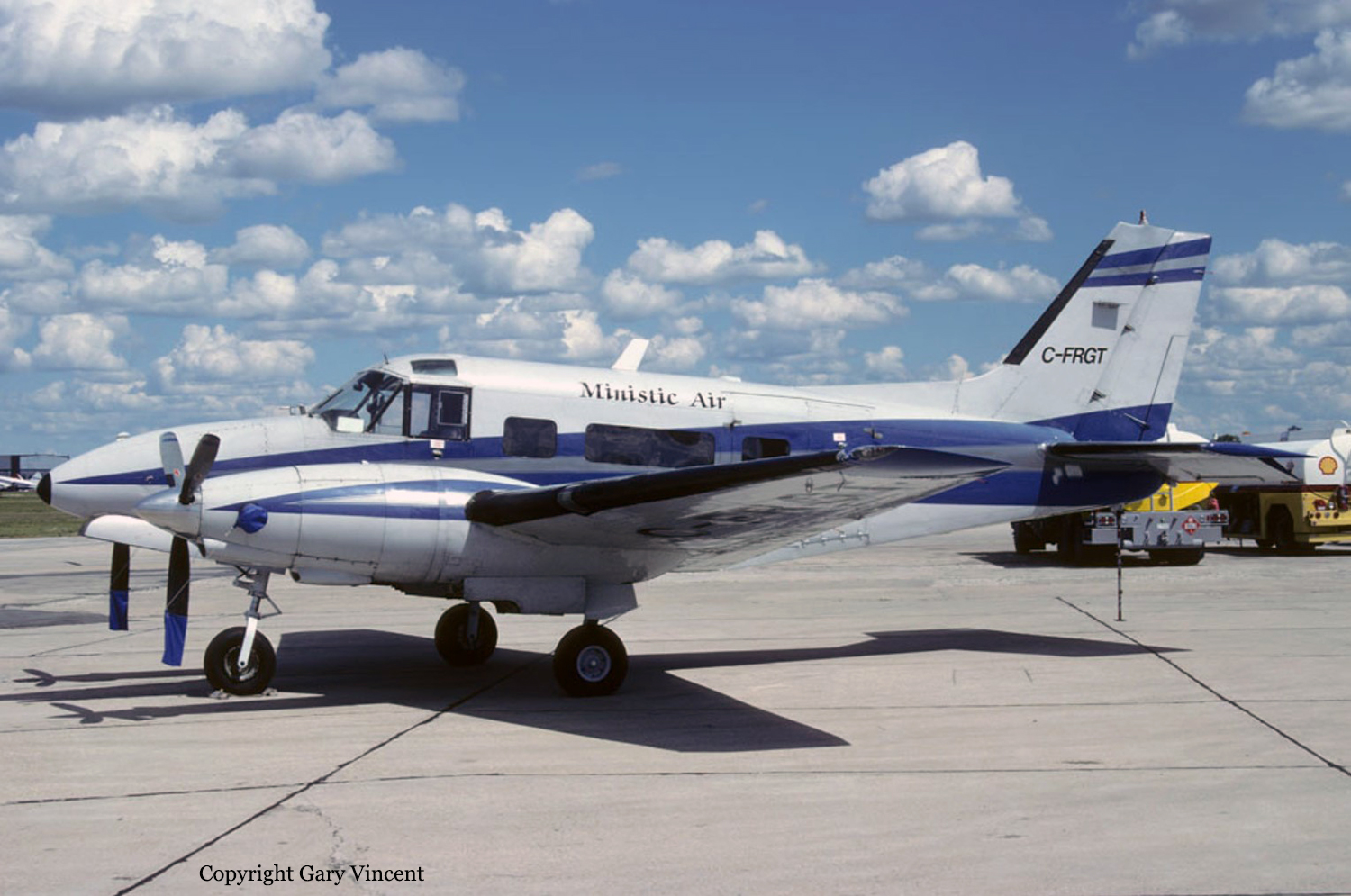Crash of a De Havilland DHC-3 Otter off Little Grand Rapids: 3 killed
Date & Time:
Oct 26, 2019 at 0845 LT
Registration:
C-GBTU
Survivors:
No
Schedule:
Bissett - Little Grand Rapids
MSN:
209
YOM:
1957
Crew on board:
1
Crew fatalities:
Pax on board:
2
Pax fatalities:
Other fatalities:
Total fatalities:
3
Captain / Total hours on type:
5800.00
Aircraft flight hours:
16474
Circumstances:
At approximately 0745 Central Daylight Time on 26 October 2019, the Blue Water Aviation float-equipped deHavillandDHC-3 Otteraircraft (registration C-GBTU, serial number 209) departed Bissett Water Aerodrome, Manitoba, with the pilot, 2 passengers, and approximately 800 pounds of freight on board. The destination was Little Grand Rapids, Manitoba, on the eastern shore of Family Lake. At approximately 0845, while on approach to Family Lake, the aircraft’s right wing separated from the fuselage. The aircraft then entered a nose-down attitudeand struck the water surface of the lake. The pilot and the 2 passengers were fatally injured. The aircraft was destroyed by impact forces. The emergency locator transmitter activated momentarily.
Probable cause:
Findings as to causes and contributing factors:
These are conditions, acts or safety deficiencies that were found to have caused or contributed to this occurrence.
1. A fatigue fracture originated in the bolt hole bore of the right-hand wing lift strut’s upper outboard lug plate, and eventually led to an overstress fracture of the right-hand wing lift strut’s upper outboard and inboard lug plates during the left turn prior to the final approach.
2. The failure of the outboard and inboard lug plates led to the separation of the righthand wing lift strut from the wing and, subsequently, the separation of the right wing from the aircraft.
Findings as to risk:
These are conditions, unsafe acts or safety deficiencies that were found not to be a factor in this occurrence but could have adverse consequences in future occurrences.
1. If operational flight plans data and load calculations are not available, there is a risk that, in the event of a missing aircraft or accident, aircraft information, including its number of occupants, route, cargo, and weight and balance information, will not be available for search and rescue operations or accident investigation.
Other findings:
These items could enhance safety, resolve an issue of controversy, or provide a data point for future safety studies.
1. The detailed visual inspection prescribed in the Viking Air Ltd. Supplementary Inspection and Corrosion Control Manual, and required by Airworthiness DirectiveCF2018-4, did not identify cracks that could form in the right-hand wing strut’s upper outboard lug plate.
These are conditions, acts or safety deficiencies that were found to have caused or contributed to this occurrence.
1. A fatigue fracture originated in the bolt hole bore of the right-hand wing lift strut’s upper outboard lug plate, and eventually led to an overstress fracture of the right-hand wing lift strut’s upper outboard and inboard lug plates during the left turn prior to the final approach.
2. The failure of the outboard and inboard lug plates led to the separation of the righthand wing lift strut from the wing and, subsequently, the separation of the right wing from the aircraft.
Findings as to risk:
These are conditions, unsafe acts or safety deficiencies that were found not to be a factor in this occurrence but could have adverse consequences in future occurrences.
1. If operational flight plans data and load calculations are not available, there is a risk that, in the event of a missing aircraft or accident, aircraft information, including its number of occupants, route, cargo, and weight and balance information, will not be available for search and rescue operations or accident investigation.
Other findings:
These items could enhance safety, resolve an issue of controversy, or provide a data point for future safety studies.
1. The detailed visual inspection prescribed in the Viking Air Ltd. Supplementary Inspection and Corrosion Control Manual, and required by Airworthiness DirectiveCF2018-4, did not identify cracks that could form in the right-hand wing strut’s upper outboard lug plate.
Final Report:
